Geese are very polite. People...not so much anymore.
In written communication isn't it most pleasant to see, "thank you" instead of no problem? Isn't it nice to see, 'thank you and you're welcome" at all rather than a thumbs up icon? In real life how many people maintain the pleasantries of politeness. I called my elderly uncle the other day. He thanked me for calling and told me he loved me. Older folks do that. They thank others for everyday actions that most take for granted. But who calls a 91 year old anymore? Maybe they are more thankful for being thought of than the younger generation is. I learned though. I learned that I felt good when I was thanked for the simple act of calling, and I thank others for the same. I have done that for years, but then again, now I am am of the older generation too.
Politeness should not be forgotten. People should respect and revere their elders, give up their seats, offer a hand to carry things and so on, no matter what. If we cannot help one another, then why are we even here? It should not be just help for the elderly, but for anyone that needs help.
Take this tip from the goose family. Be polite, take your time, accommodate those with shorter legs (or shorter incomes, or shorter arms or whatever) and help out. For the geese, the survival of their young depends on it. What about the human race? Our survival does not depend on being polite, however; by helping one another we certainly can improve our human plight.
I don't just mean in the face of disaster, like the Fort McMurray evacuation for the fire or a tsunami aftermath. I mean everyday, all day, all the time.
Love is what makes the world a better place. Don't you agree?

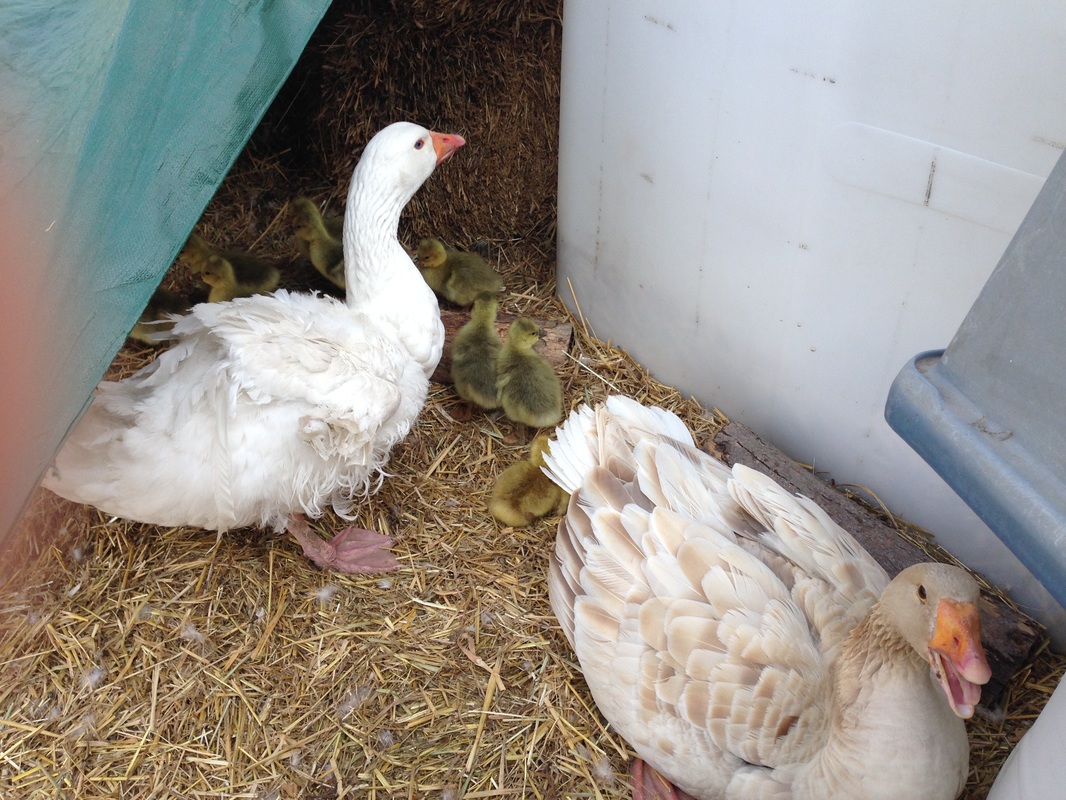
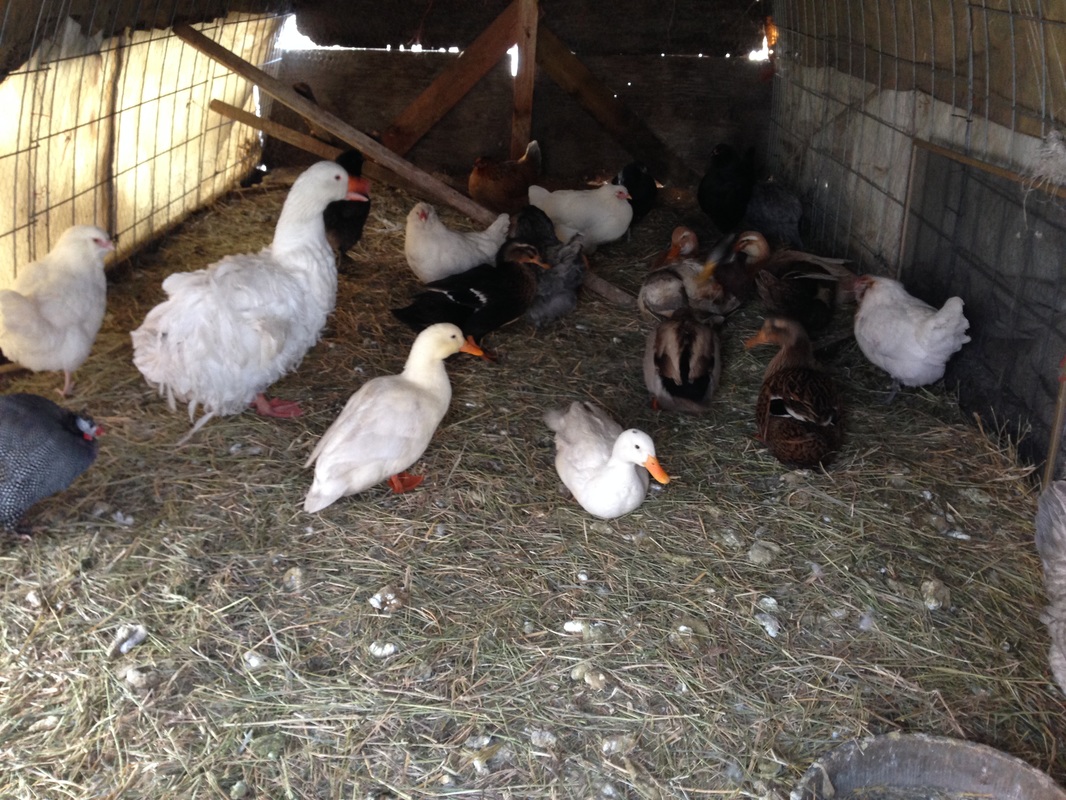
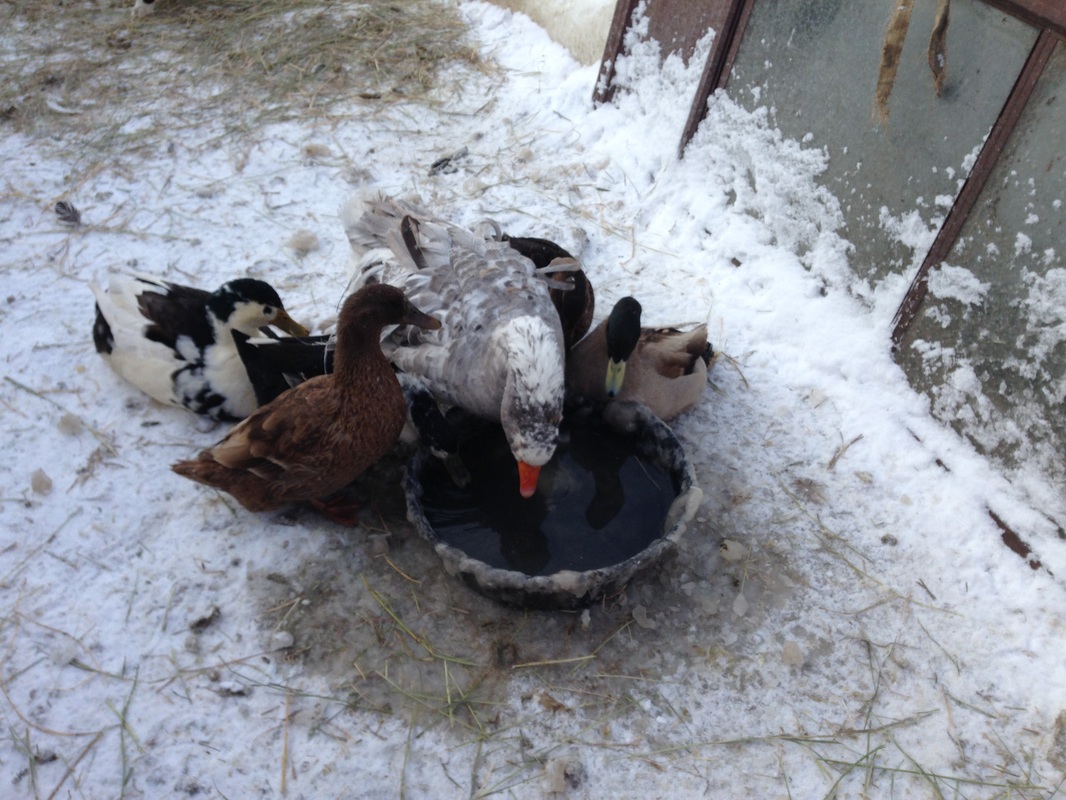
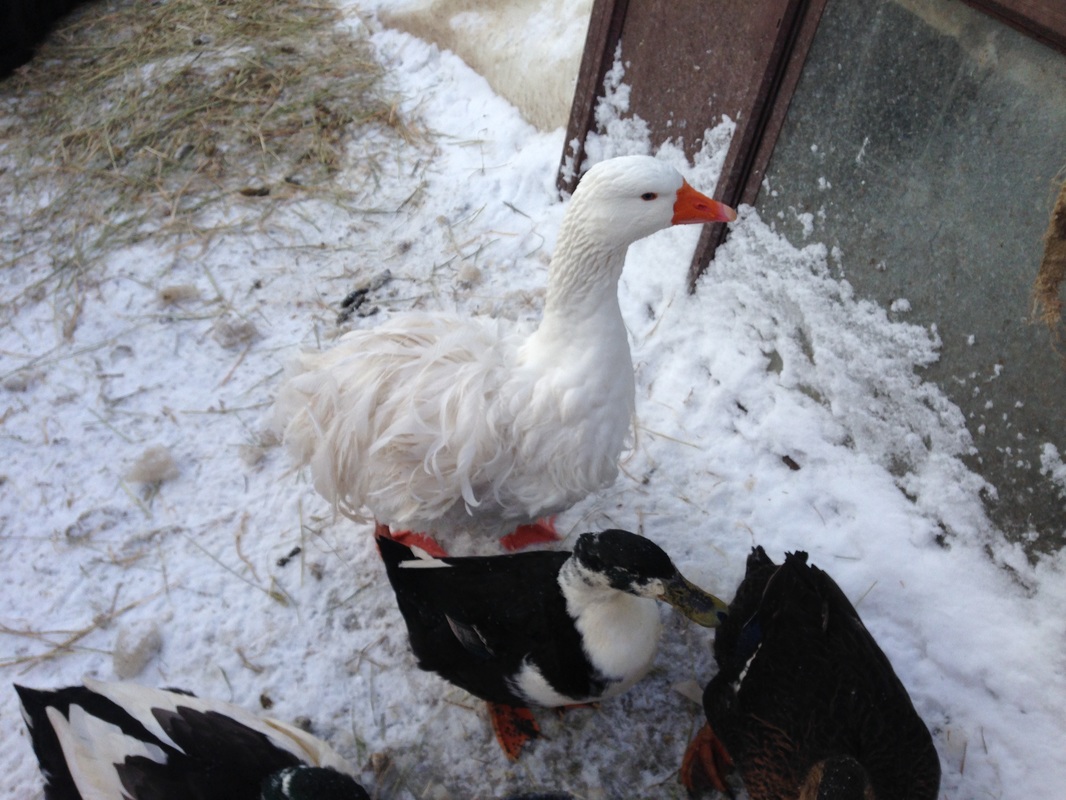
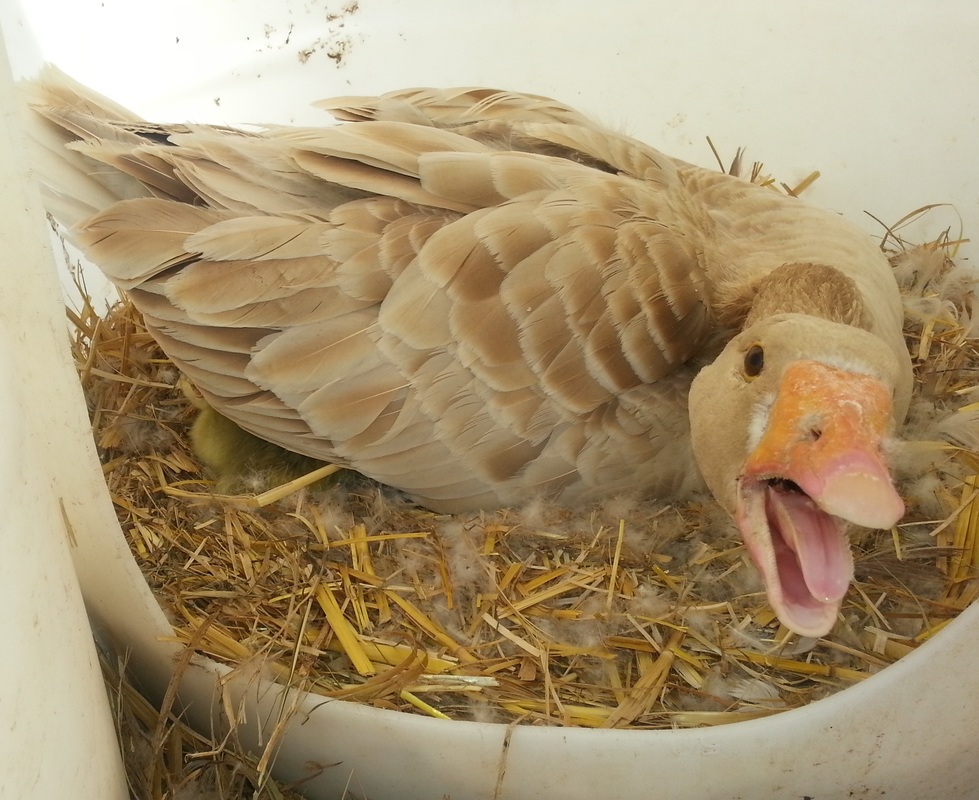
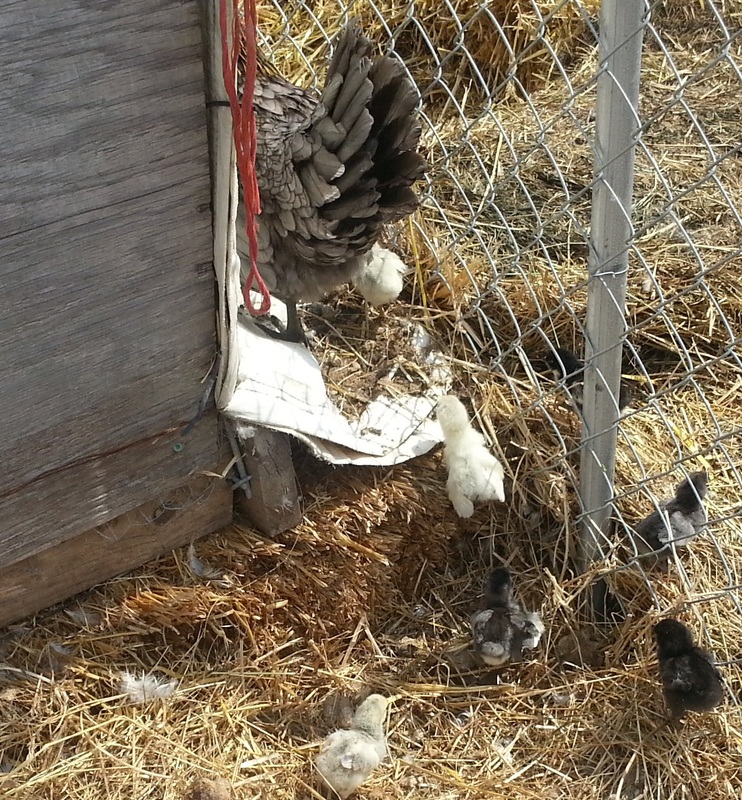
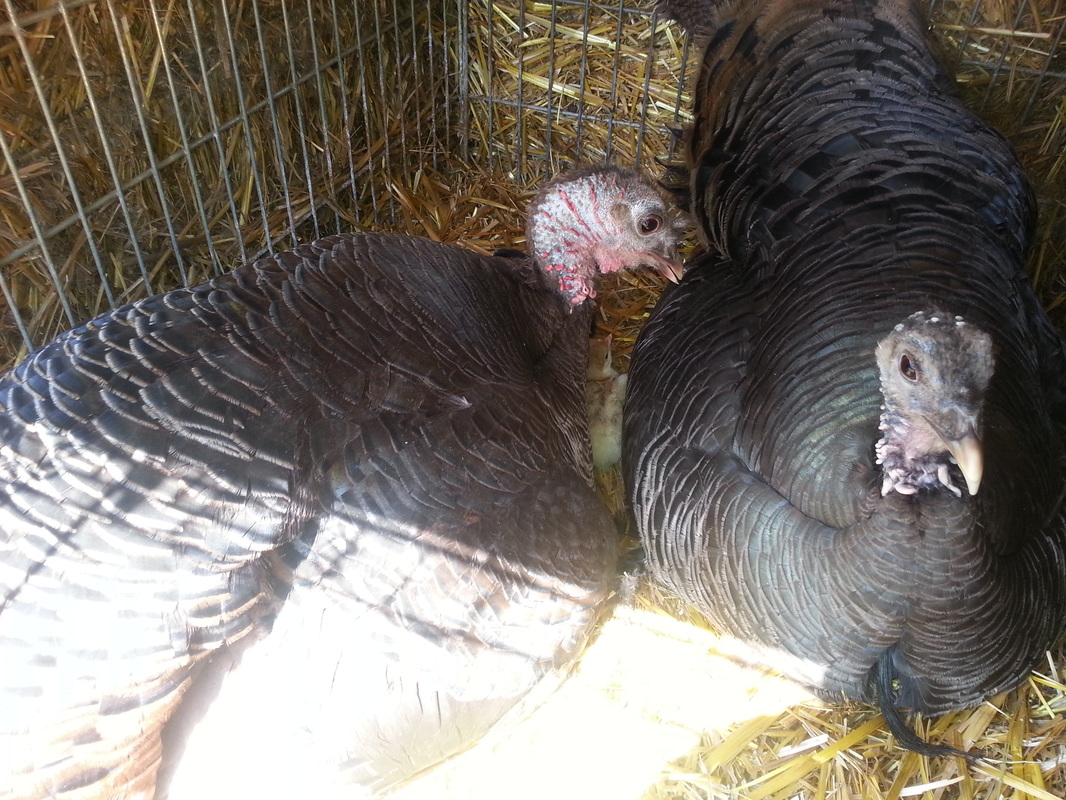
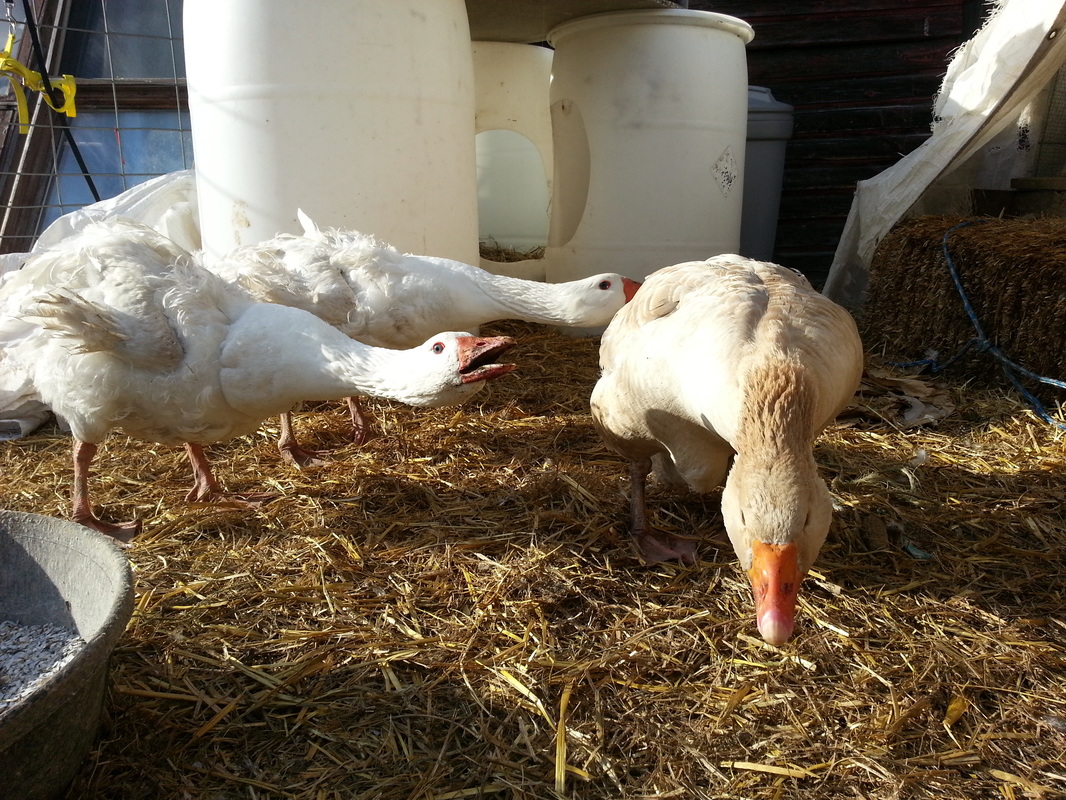
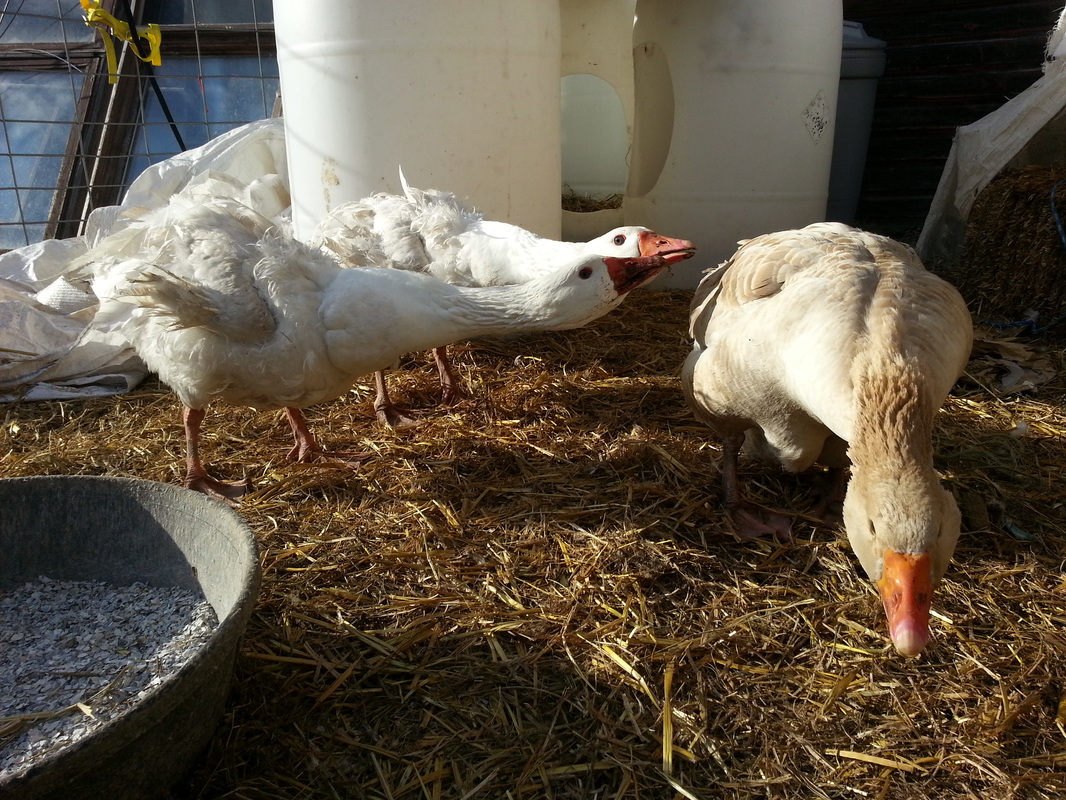
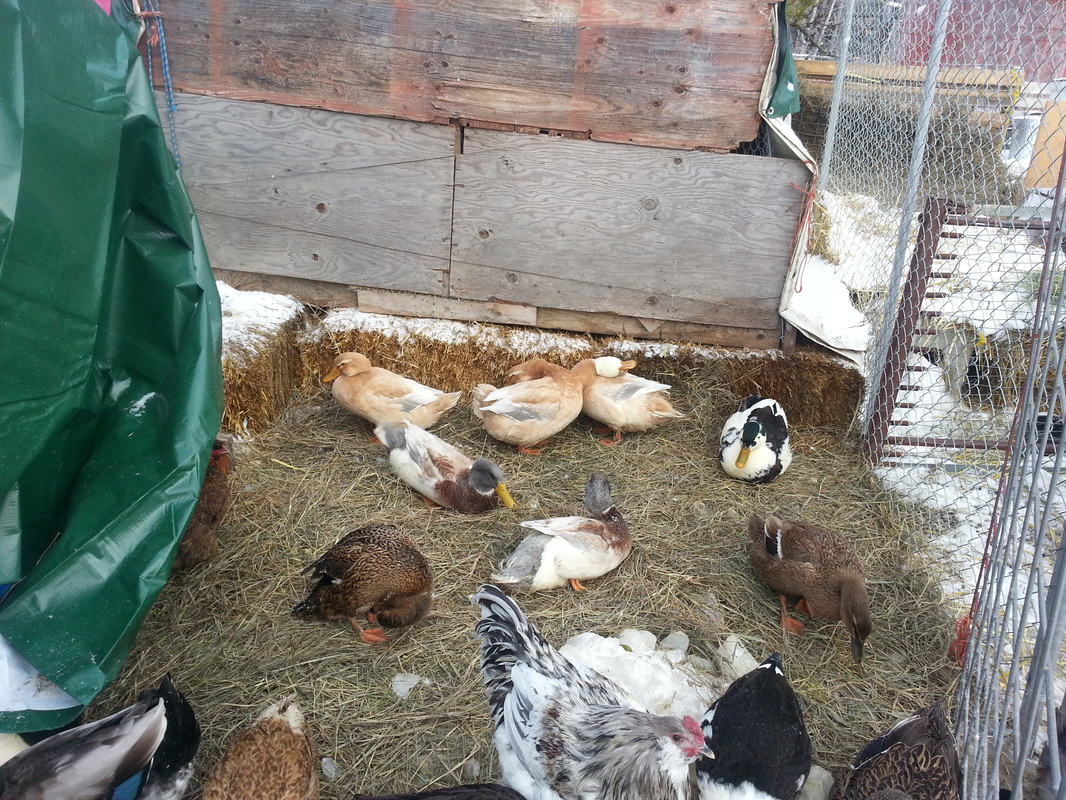
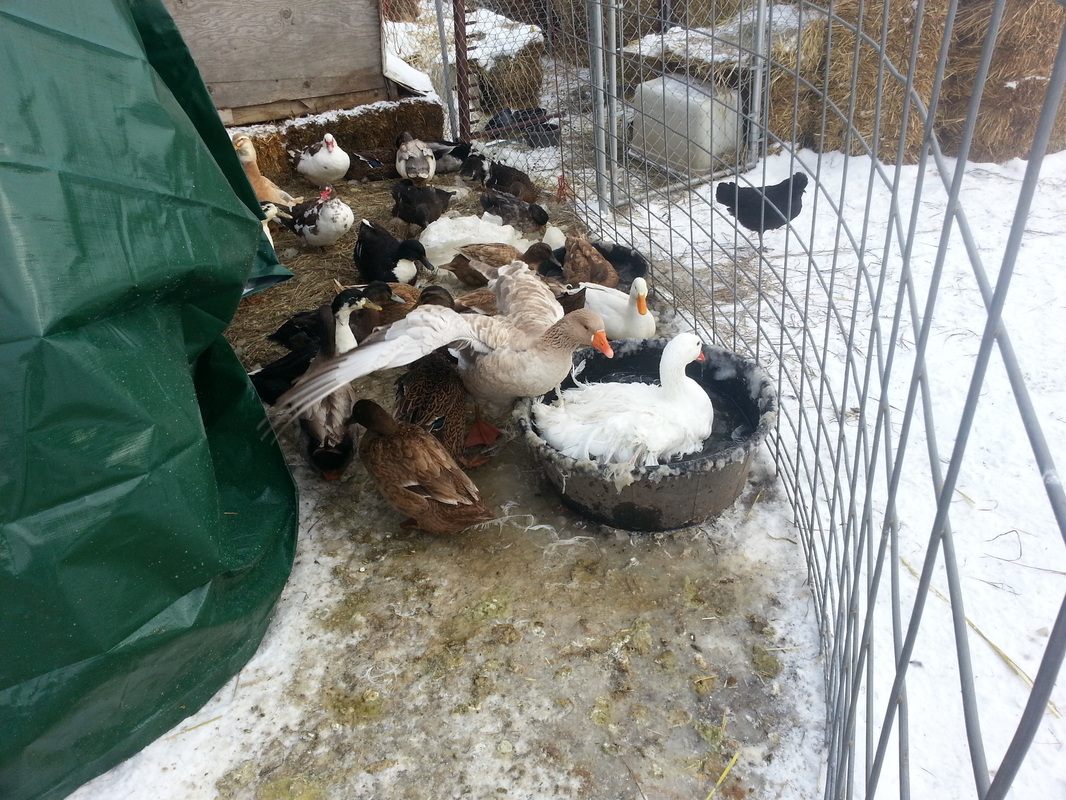
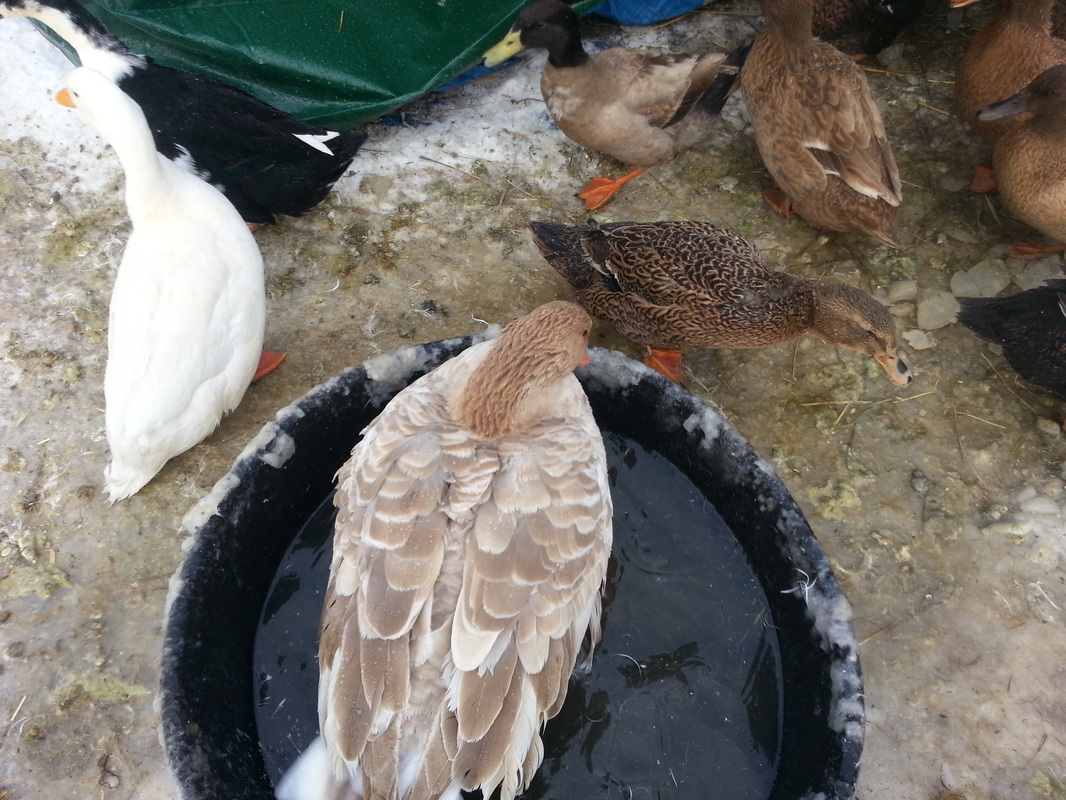
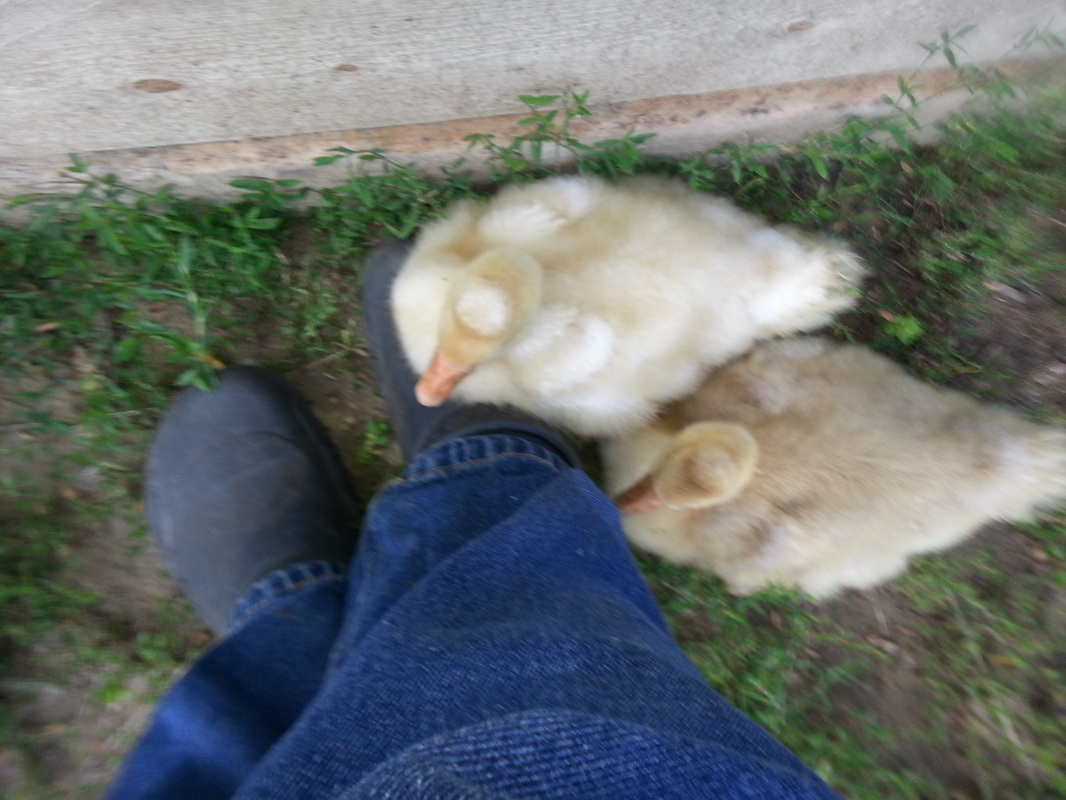
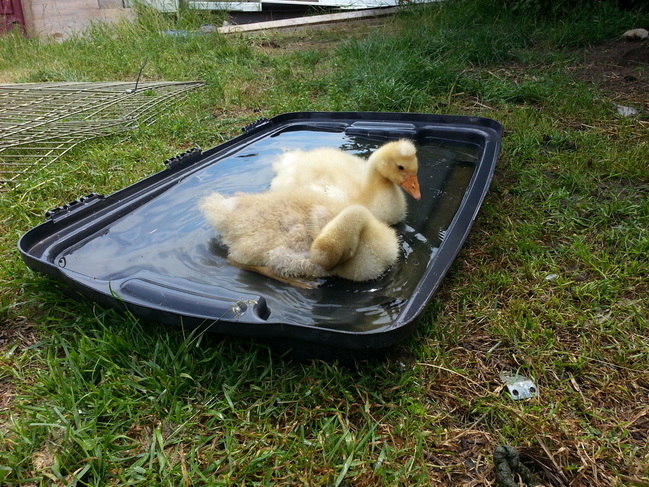
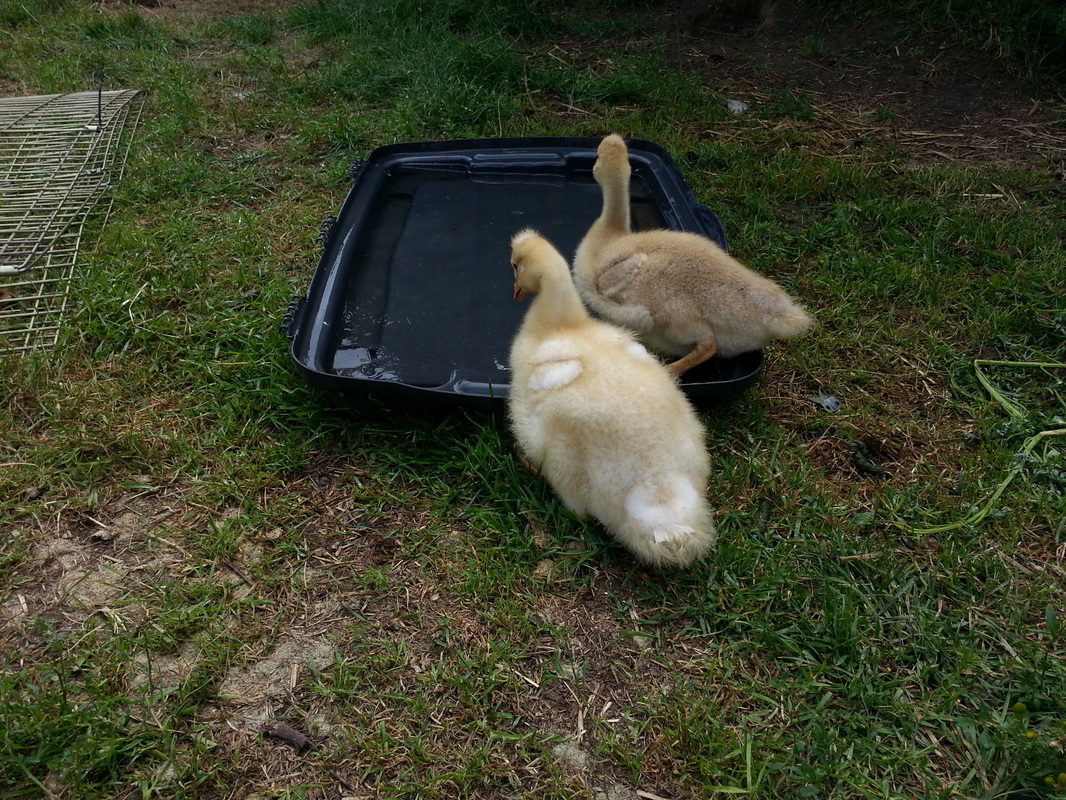
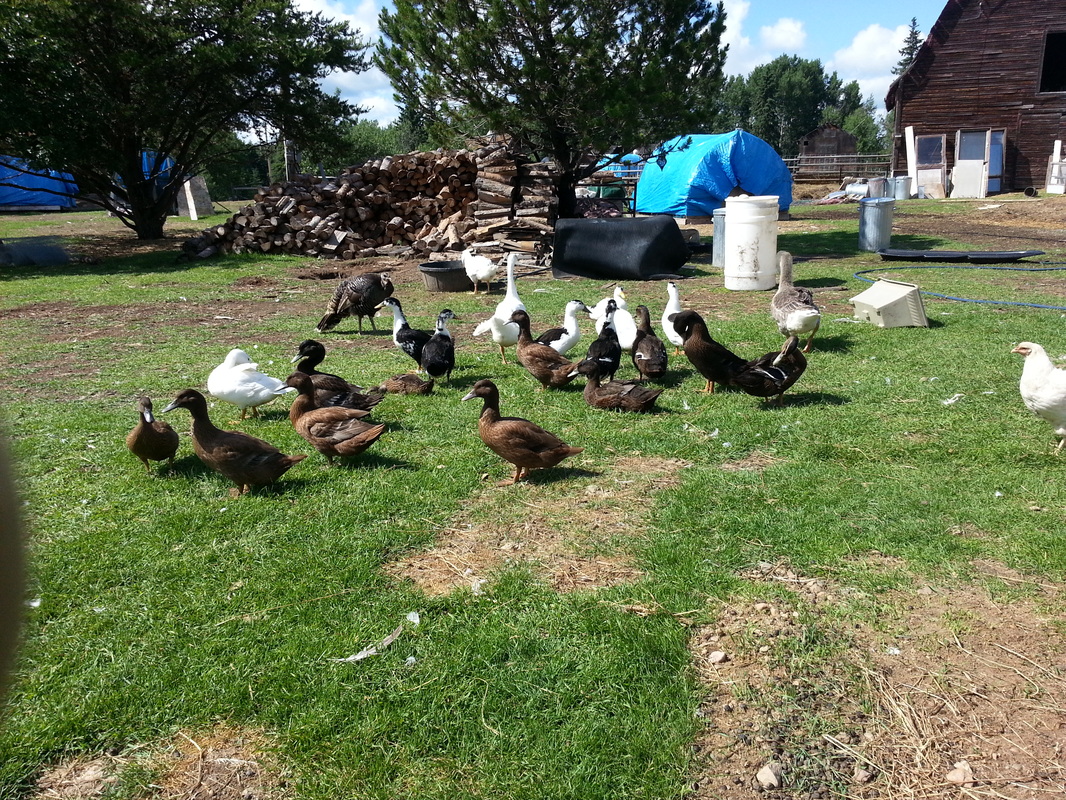
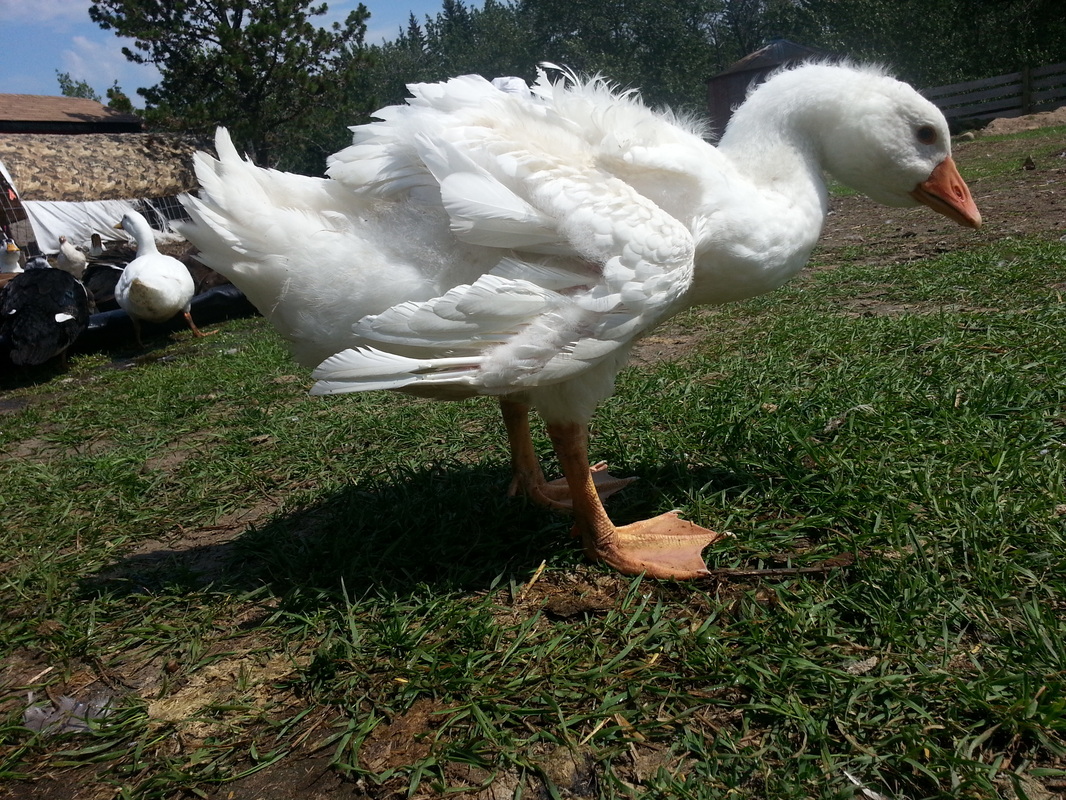
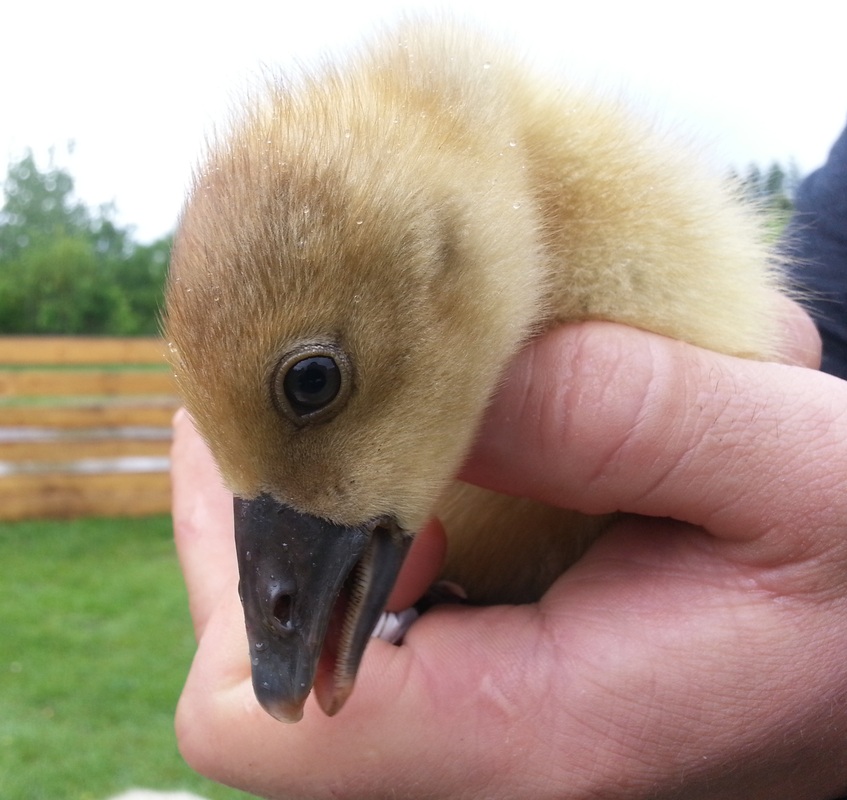
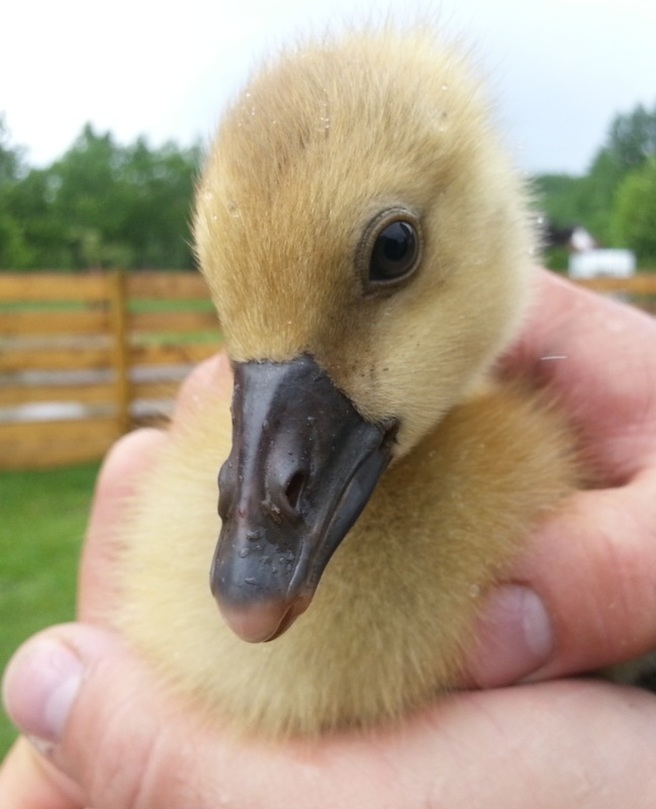
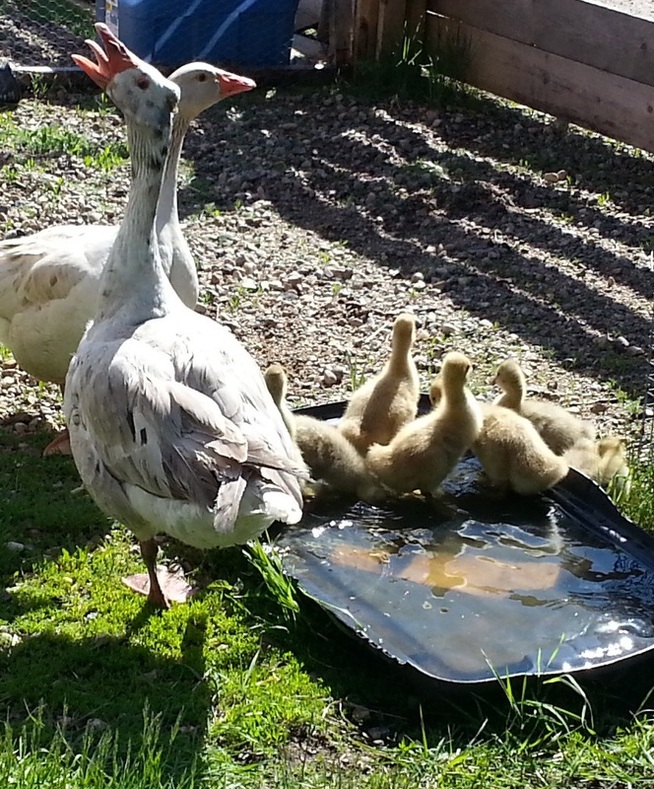
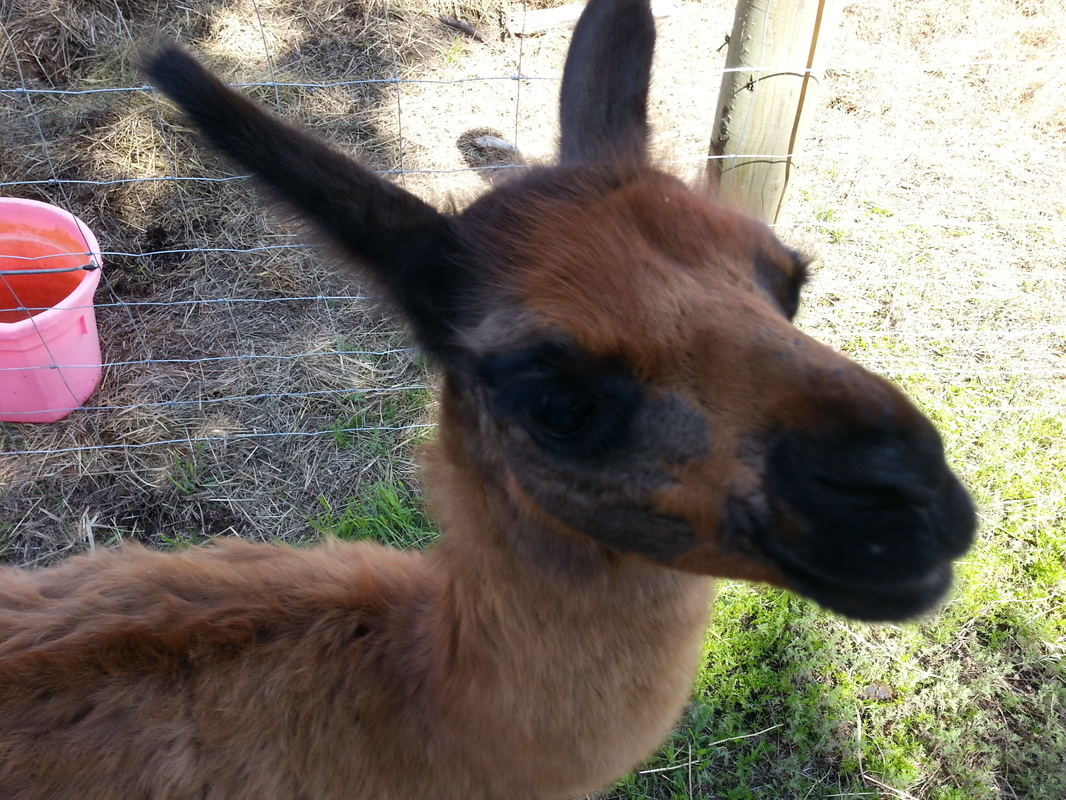
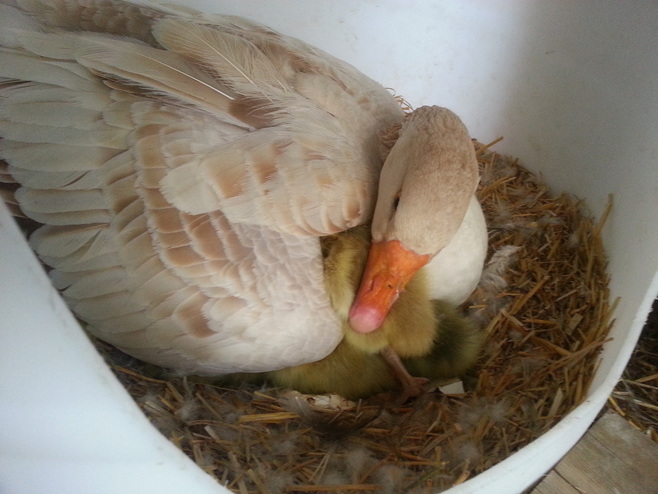
 RSS Feed
RSS Feed